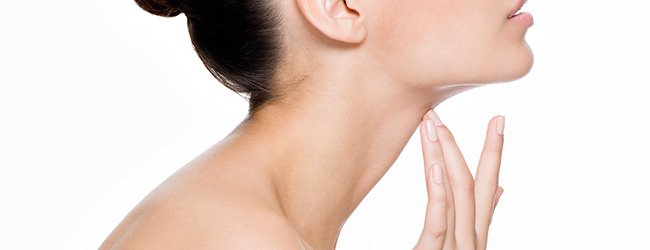Hyperhidrosis, or excessive sweating, is more than a mere inconvenience—it can severely affect physical comfort, emotional well-being, and social interactions. In South Korea, Botox injections have emerged as a leading treatment for hyperhidrosis, combining medical efficacy with advanced dermatological expertise. But for medical patients considering this therapy, questions often arise: Is Botox safe? How effective is it? What does Korean clinical practice reveal?
This article explores these questions with insights from Korean clinics and scientific evidence.
What Is Botox and How Does It Work for Hyperhidrosis?
Botox is a purified form of botulinum toxin type A, a neurotoxin that temporarily blocks nerve signals. When injected into areas with excessive sweat glands (like underarms, palms, or feet), Botox inhibits the nerves responsible for activating sweat glands, thereby reducing sweating.
Safety Profile of Botox in Korean Medical Practice
1. Proven Safety Backed by Korean Clinical Research
- Numerous Korean dermatology studies and hospital trials confirm Botox’s excellent safety profile for treating hyperhidrosis.
- Side effects are typically mild and temporary, including minor injection site pain, redness, or slight muscle weakness. Serious complications are extremely rare.
- Korean clinics follow strict sterilization and injection protocols to prevent infection and adverse reactions.
2. Stringent Patient Screening and Customized Treatment
- Korean medical centers conduct comprehensive evaluations—medical history, allergy checks, and sweat mapping—to ensure suitability and tailor treatment plans.
- This personalized approach minimizes risks and optimizes safety outcomes.
3. Experienced Dermatologists and Specialists
- South Korea’s high standard of medical training and specialization in dermatology and cosmetic procedures ensures that Botox is administered by highly skilled professionals.
- These experts are adept at using precise injection techniques to maximize safety and efficacy.
Effectiveness of Botox for Hyperhidrosis in Korea
1. High Success Rates Demonstrated in Clinical Studies
- Korean research shows that 70% to 90% of patients experience significant sweat reduction after Botox treatment.
- Results often become noticeable within days and last approximately 4 to 6 months, with repeat treatments maintaining benefits.
2. Comprehensive Treatment Areas
- Korean clinics successfully treat hyperhidrosis in various locations including:
- Axillary (underarms) – the most common and highly responsive area.
- Palmar (hands) – more complex but effectively treated with careful technique.
- Plantar (feet) – also treatable though requiring specialized expertise.
- Facial sweating – addressed with careful dosing to avoid muscle weakness.
3. Patient Satisfaction and Quality of Life Improvement
- Patients report significant improvement in daily comfort, social confidence, and emotional well-being.
- High satisfaction rates documented in Korean clinics contribute to growing treatment demand.
Addressing Common Concerns About Botox Safety and Effectiveness
| Concern | Korean Clinical Insight |
|---|---|
| Is Botox safe long-term? | Yes, multiple treatment cycles have been safely administered under medical supervision with no cumulative toxicity. |
| What about muscle weakness? | Temporary muscle weakness may occur, especially in palms or feet, but usually resolves within weeks. Korean specialists minimize this with precise dosing. |
| Are there allergic risks? | Very rare; Korean clinics conduct thorough allergy screenings before treatment. |
| Is Botox effective for severe cases? | Effectiveness may vary, but even severe hyperhidrosis shows marked improvement with appropriate dosing and repeat treatments. |
Korean Clinics’ Approach to Enhancing Safety and Effectiveness
- Use of advanced diagnostic tools like Minor’s iodine-starch test and sweat thermography for targeted injections.
- Employing microinjection techniques and tailored dosing for each patient.
- Strict adherence to aseptic technique and patient education on aftercare.
- Continuous follow-up to monitor outcomes and address any side effects promptly.
Conclusion: Botox in Korea — A Safe and Effective Solution for Medical Patients with Hyperhidrosis
Botox treatment for hyperhidrosis in Korea is a medically proven, safe, and effective option backed by rigorous clinical practice and research. Patients receive personalized care from highly trained specialists using cutting-edge techniques, ensuring both safety and optimal results.
If you suffer from excessive sweating and seek a trusted solution, Korean clinics offer world-class expertise that combines scientific rigor with compassionate patient care.




